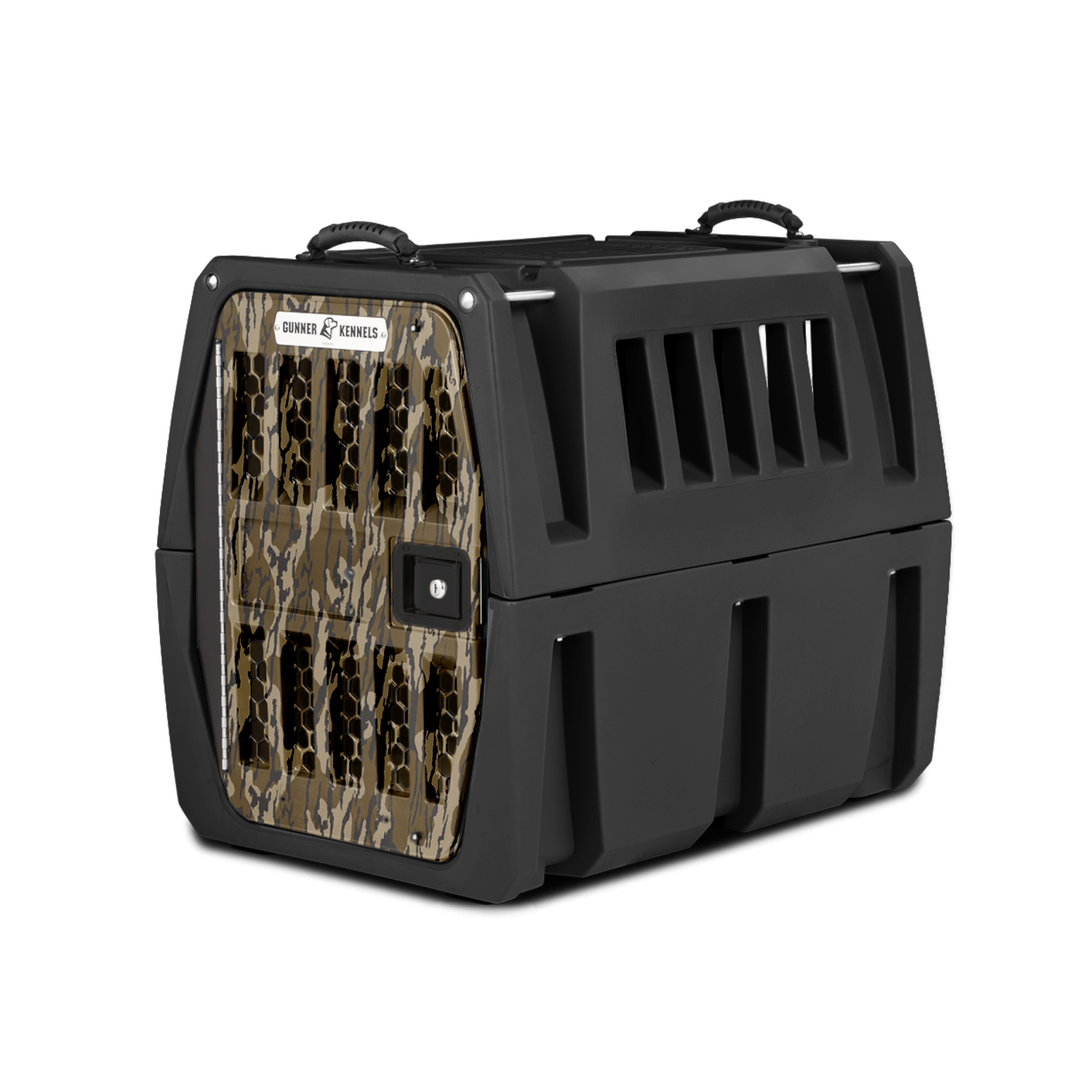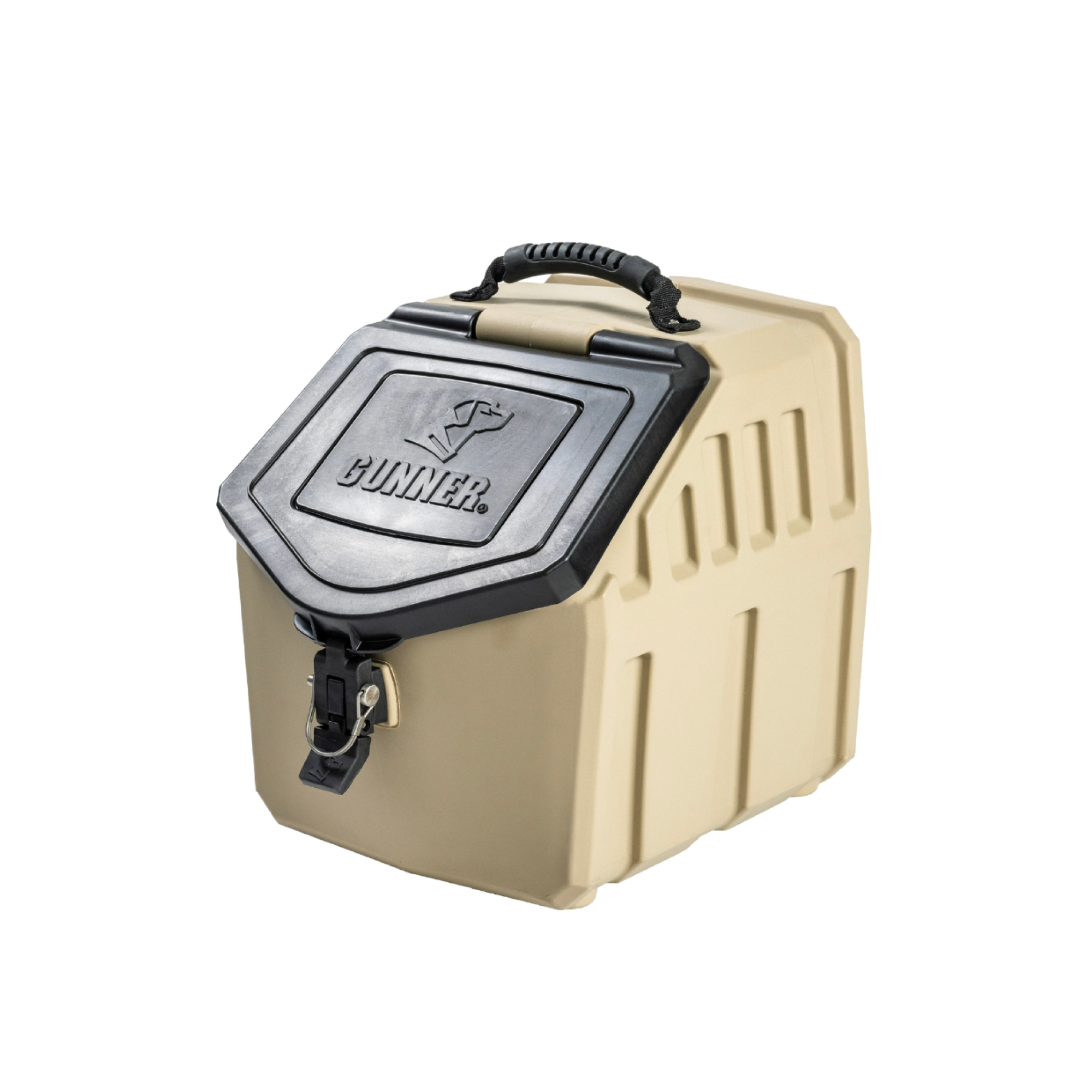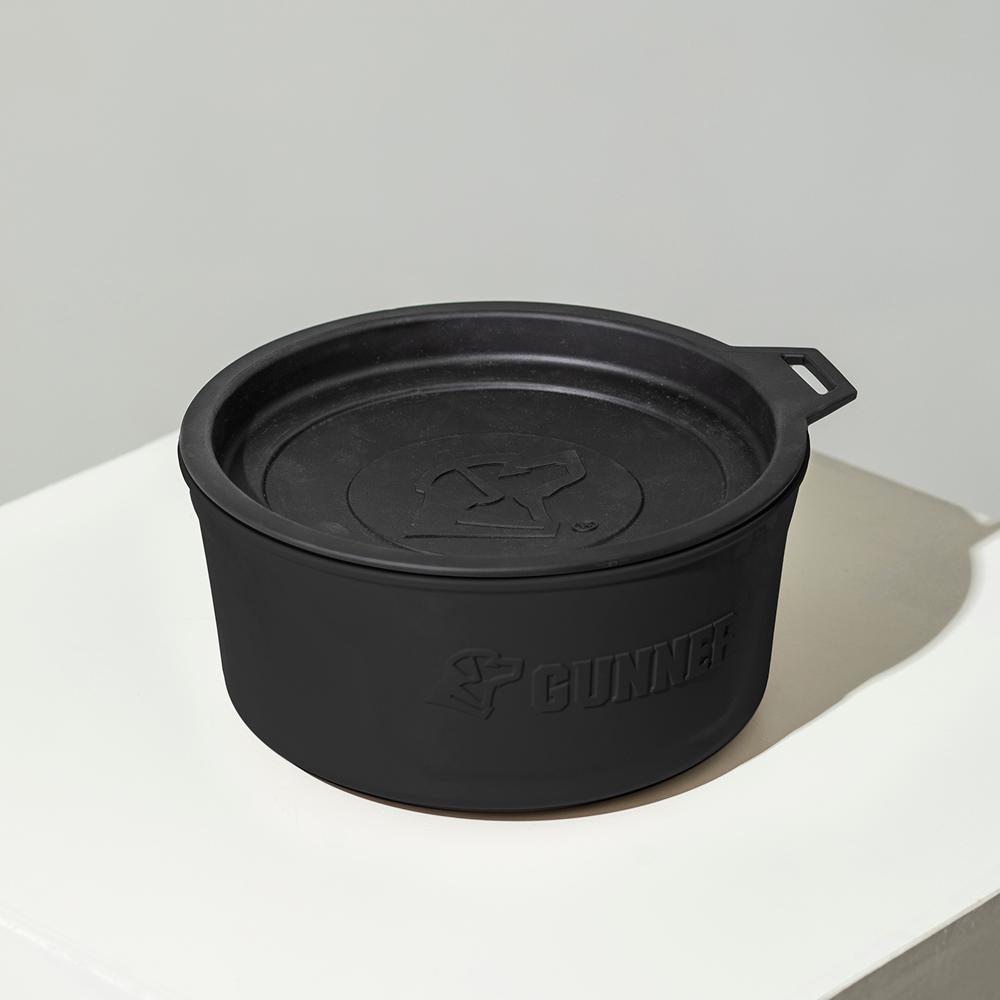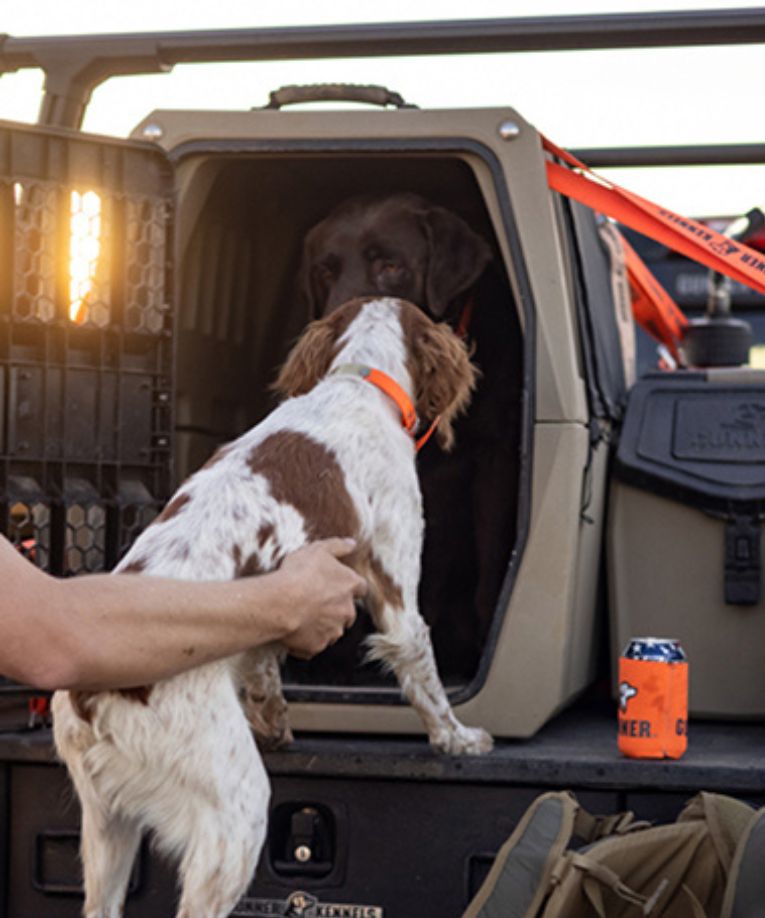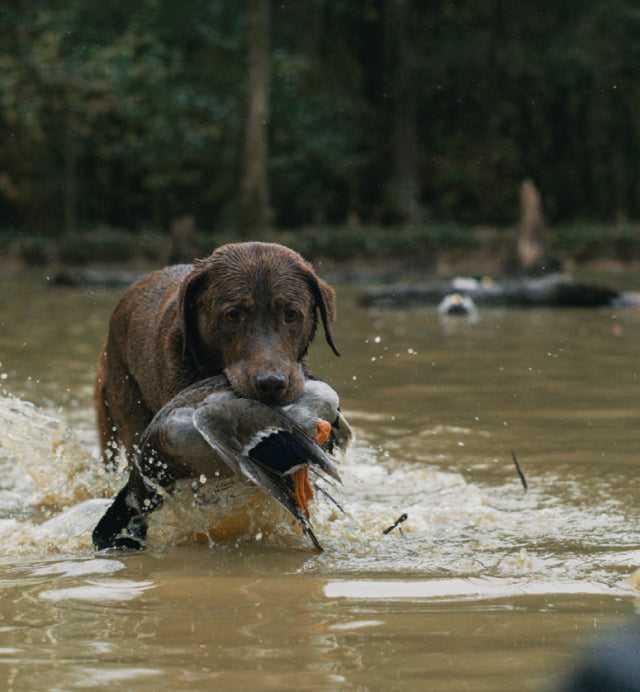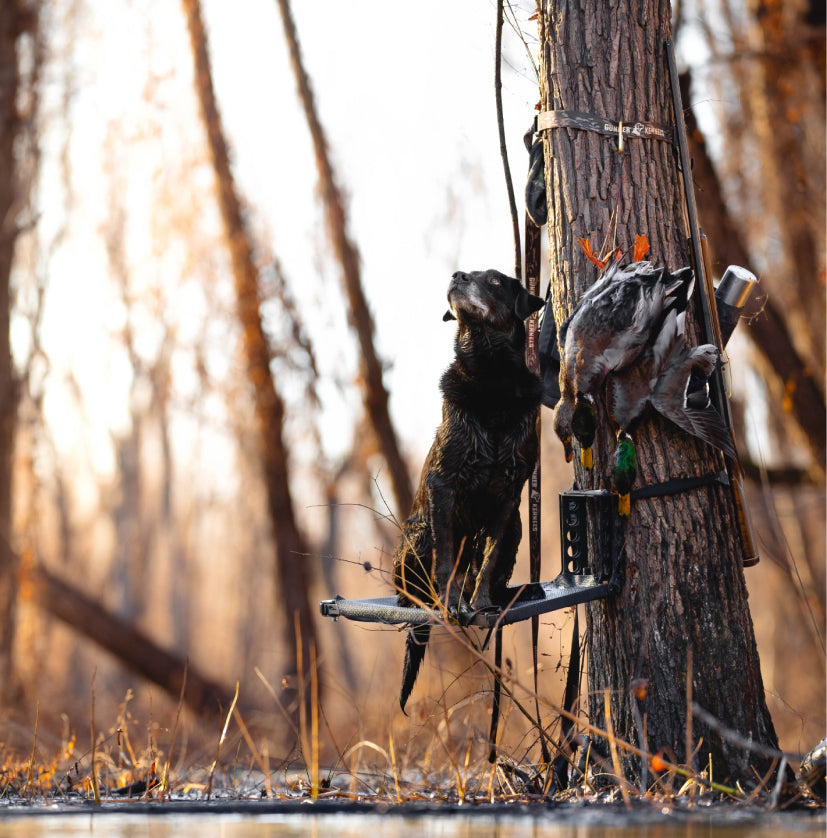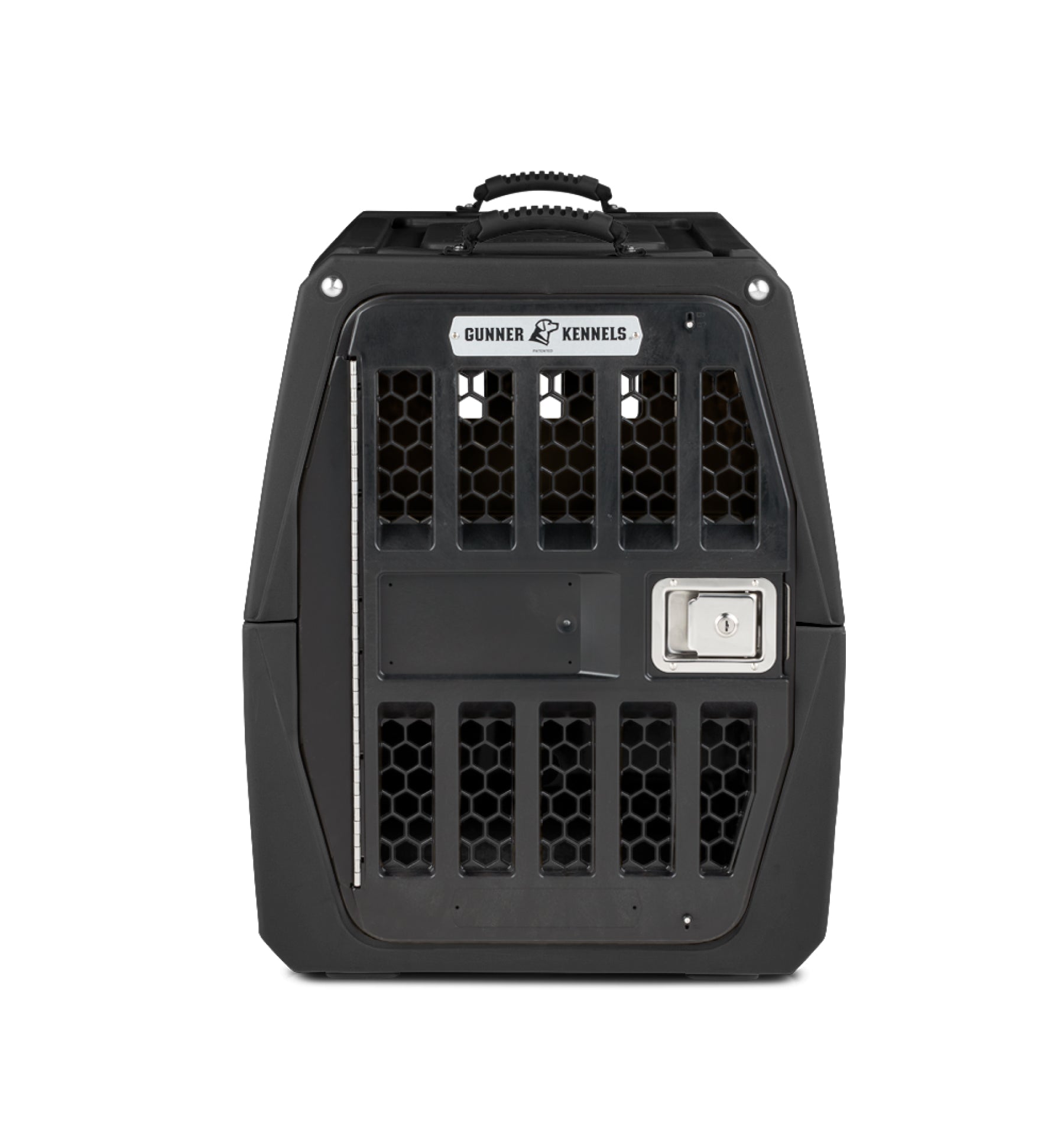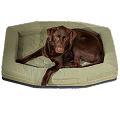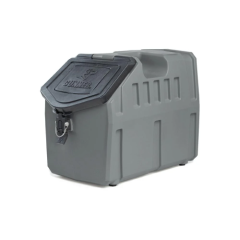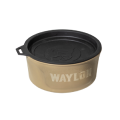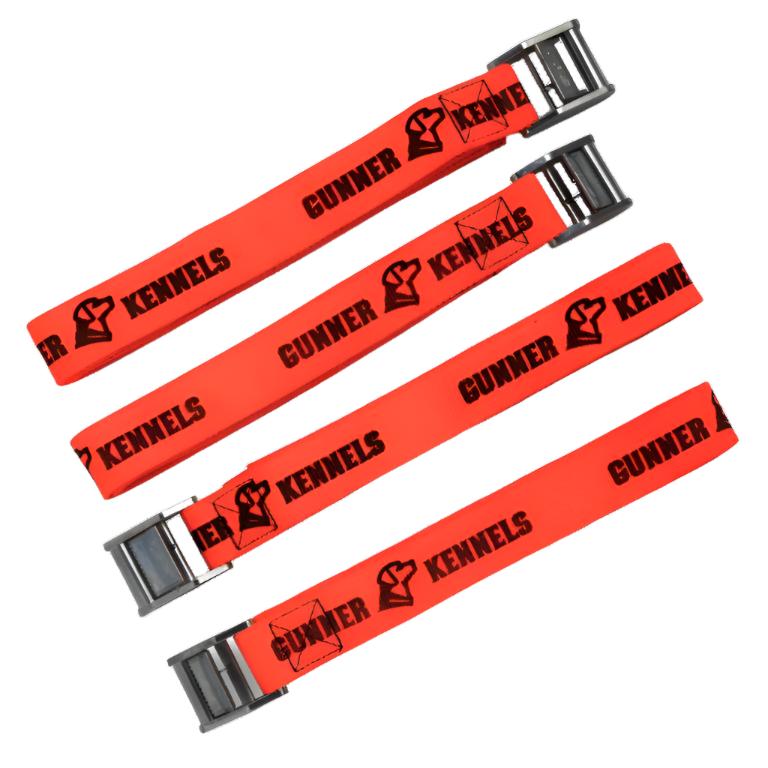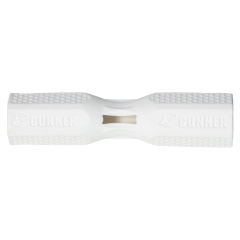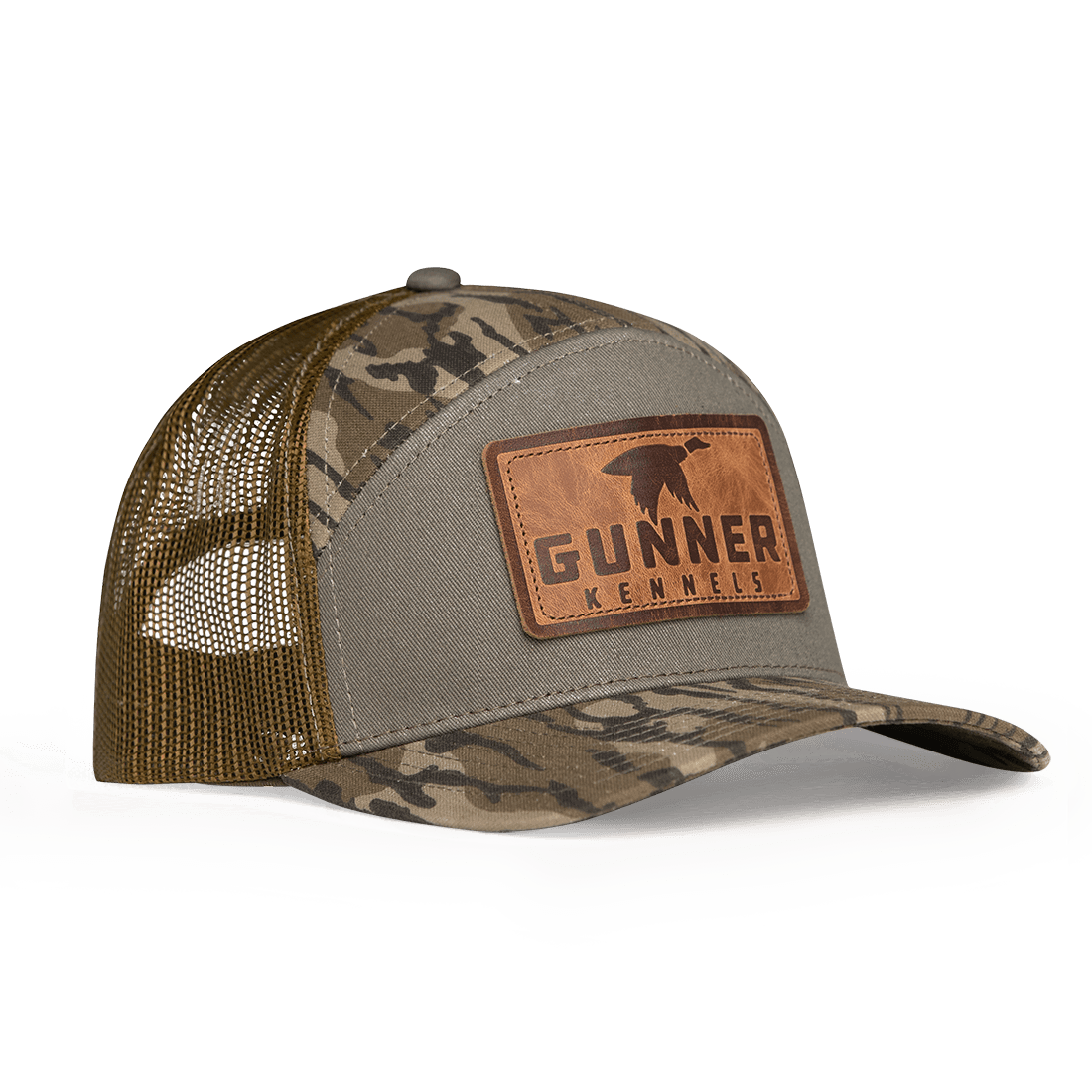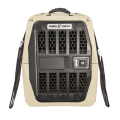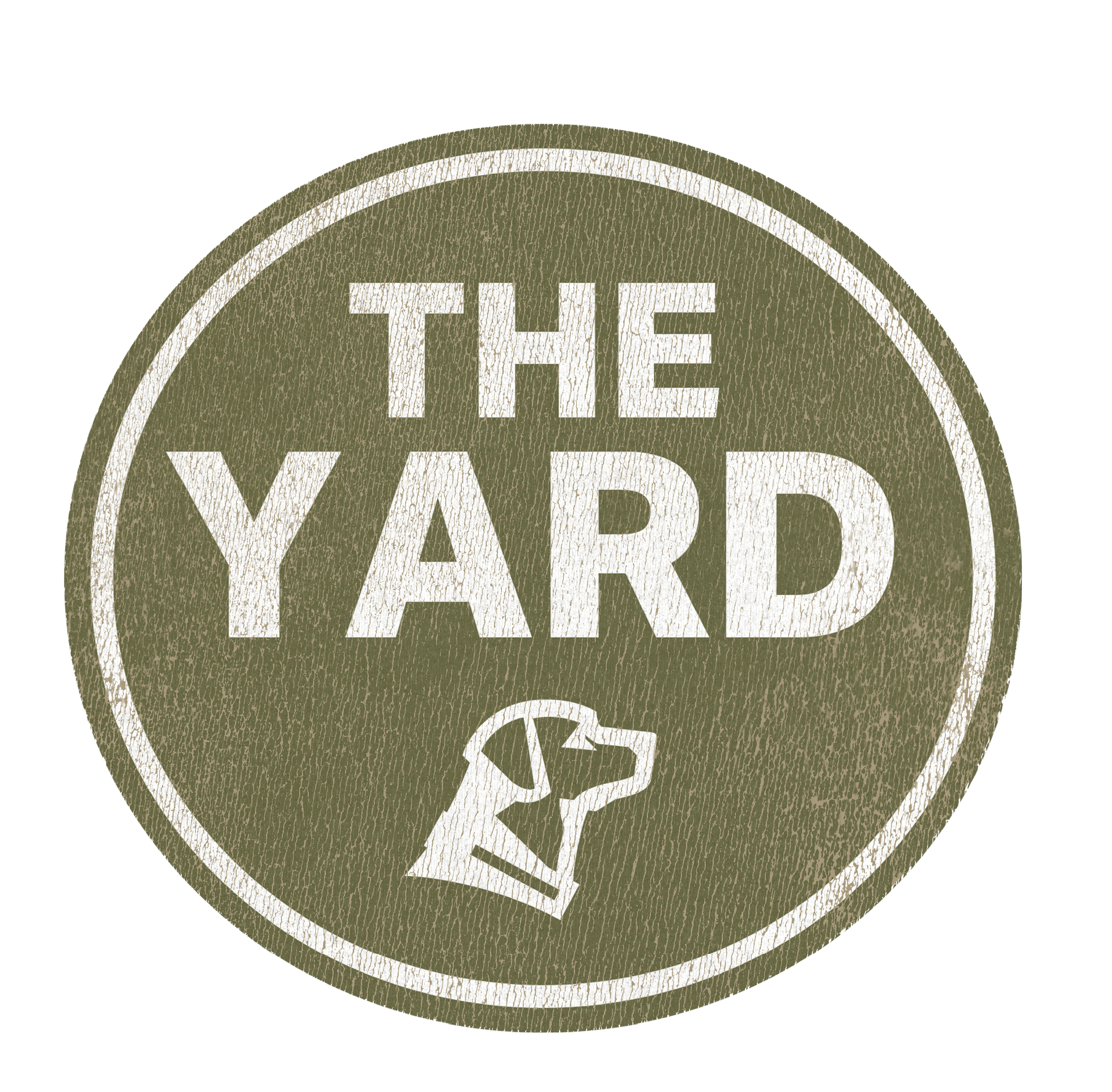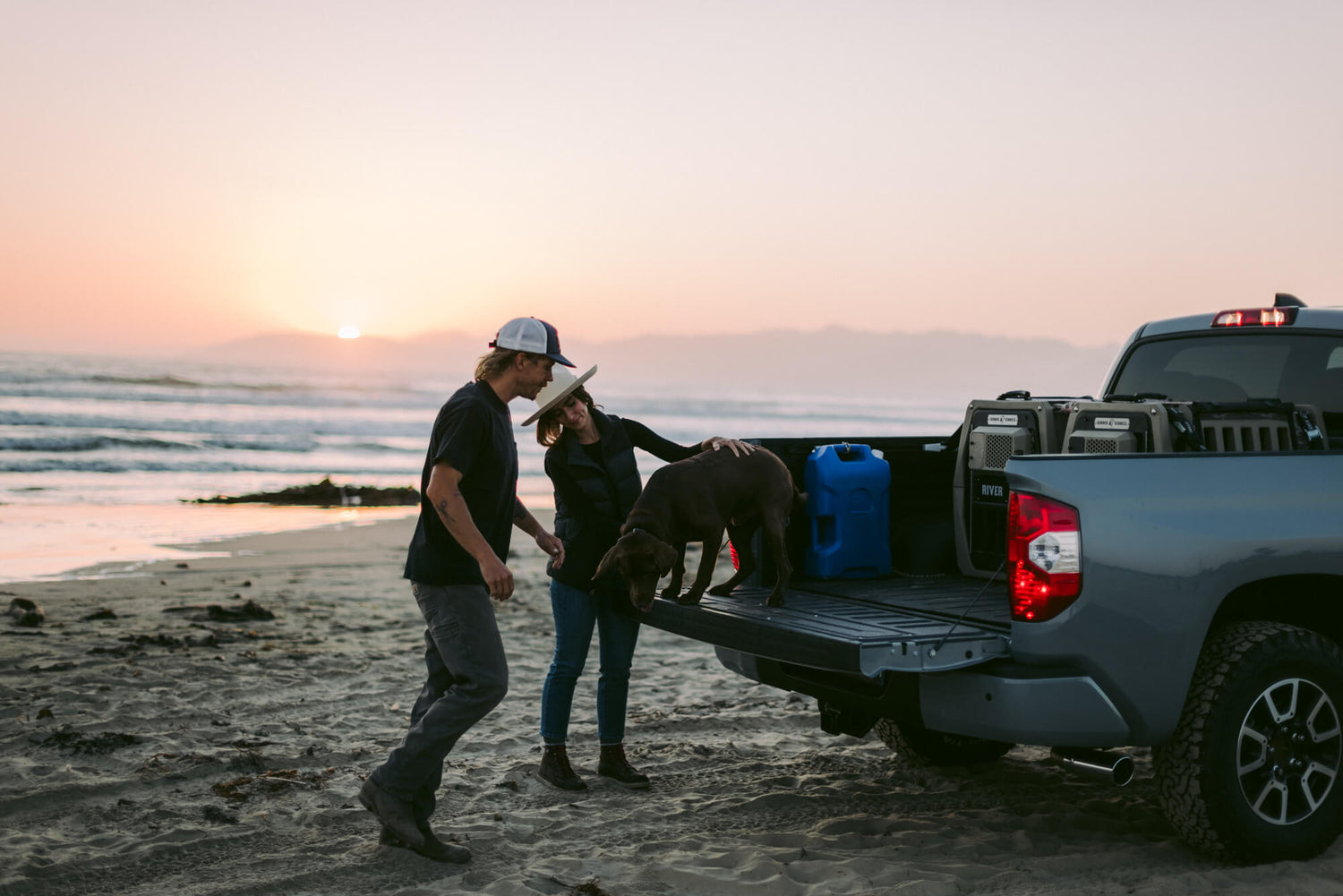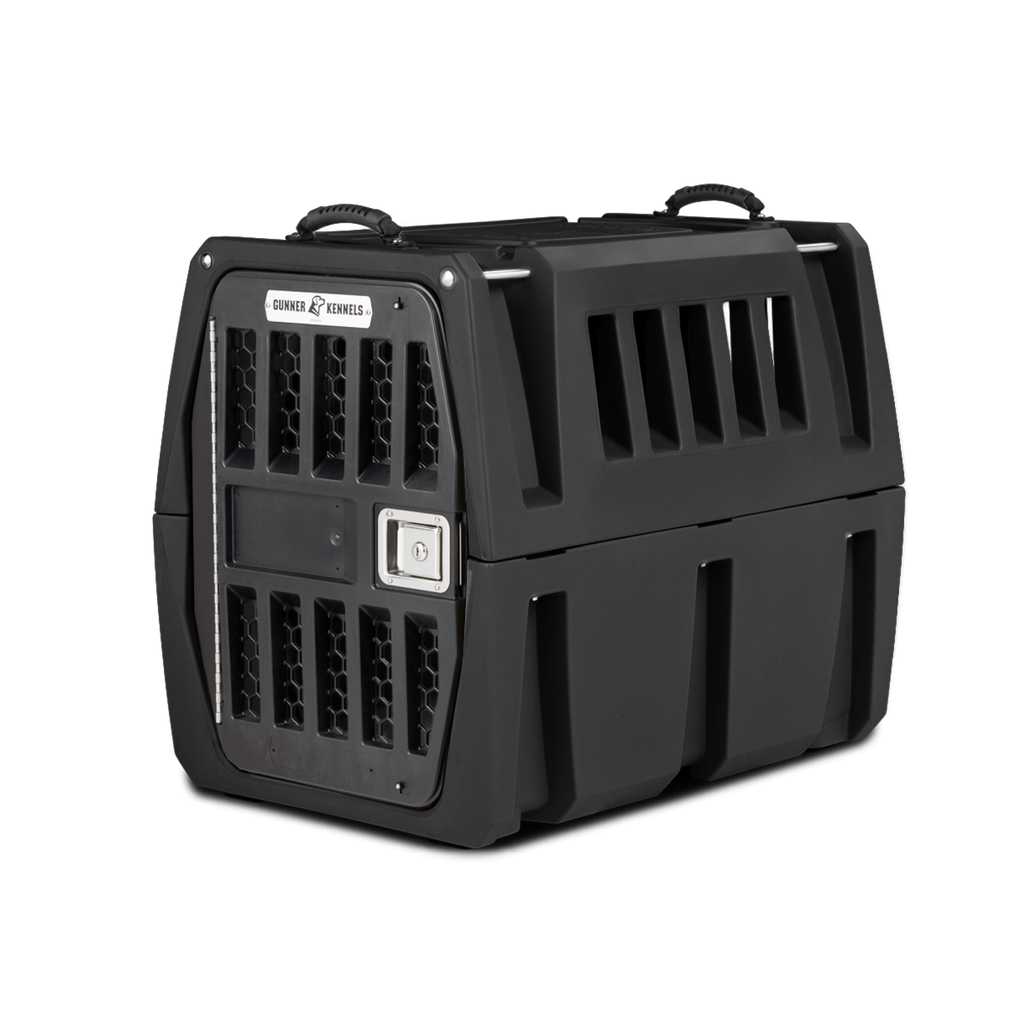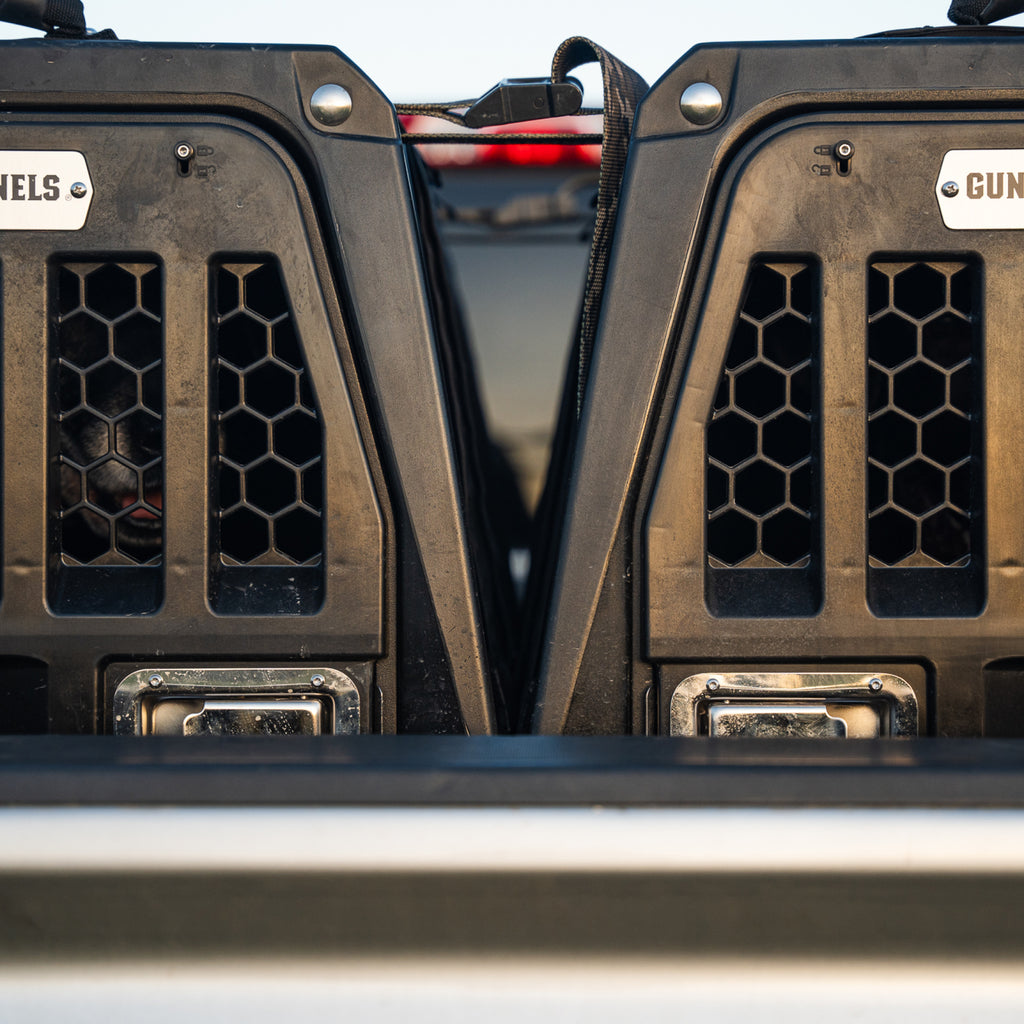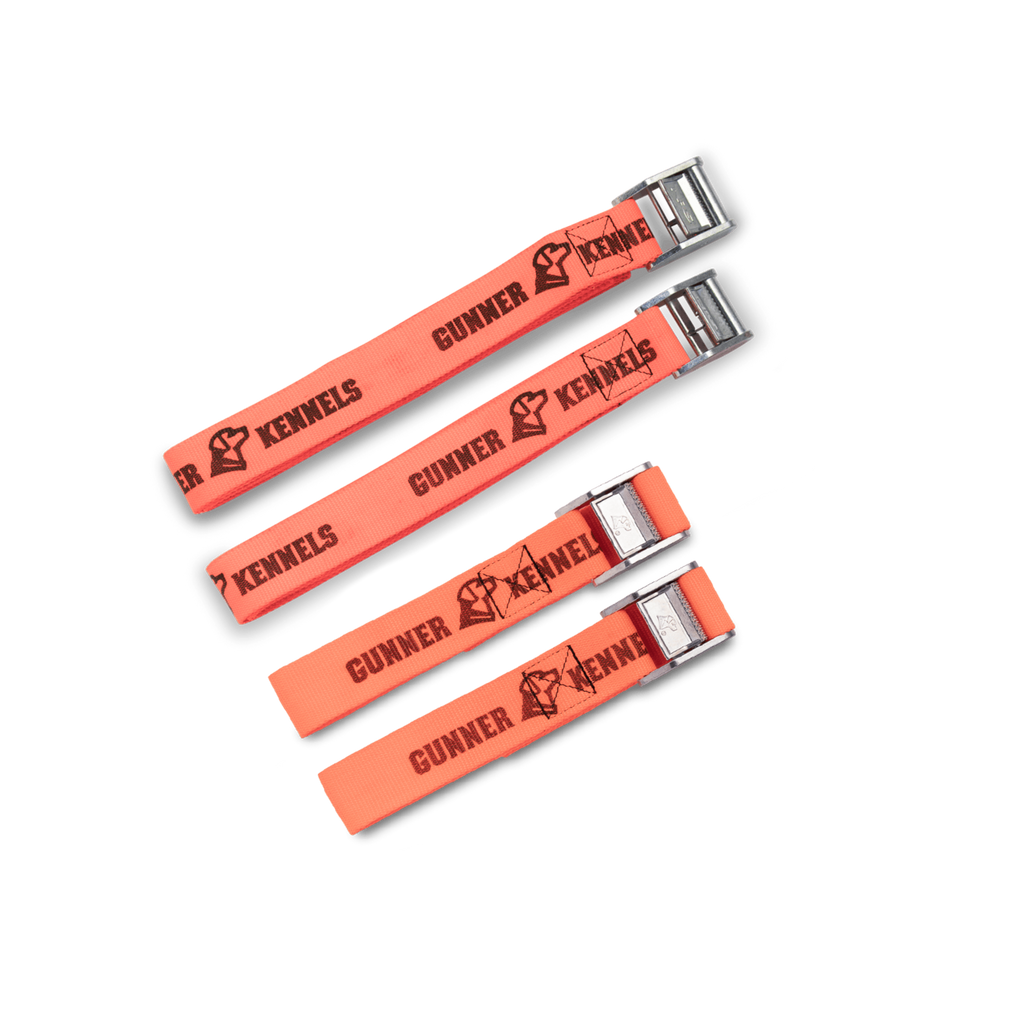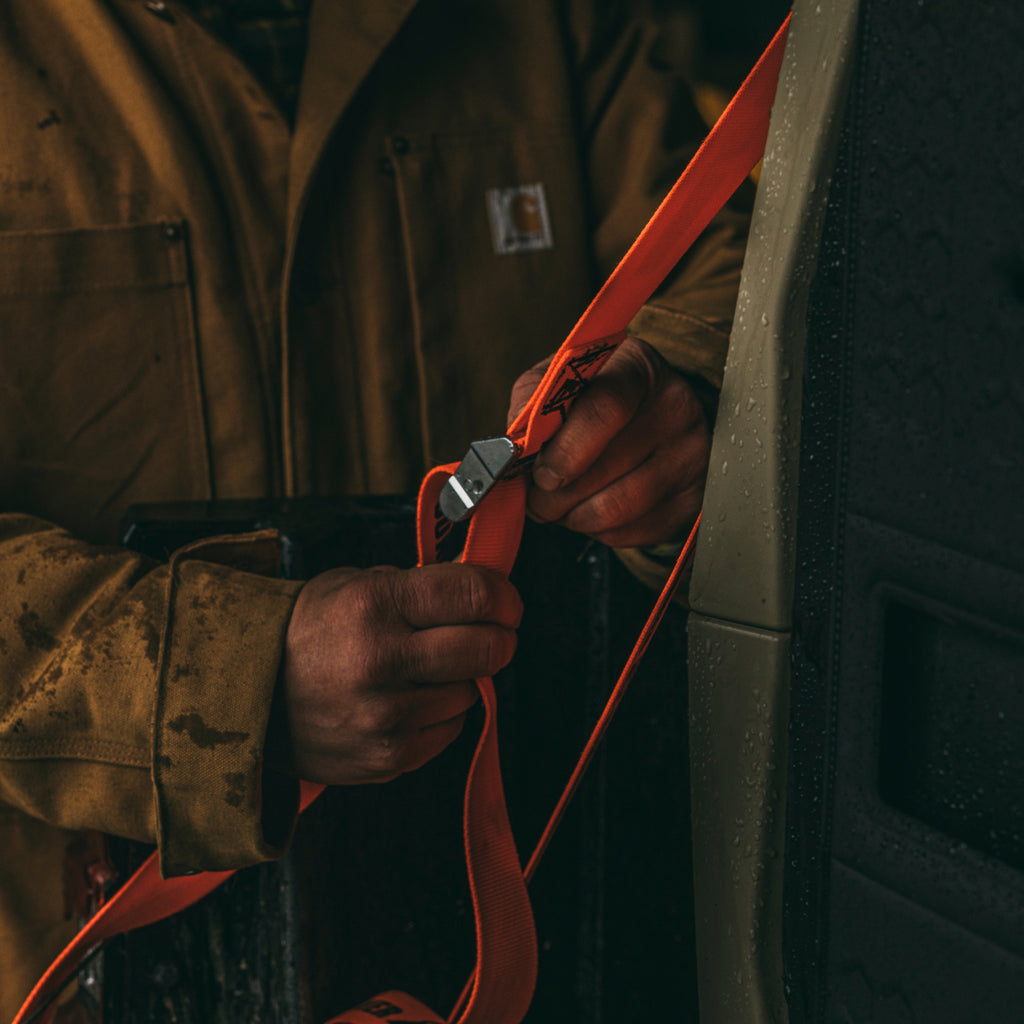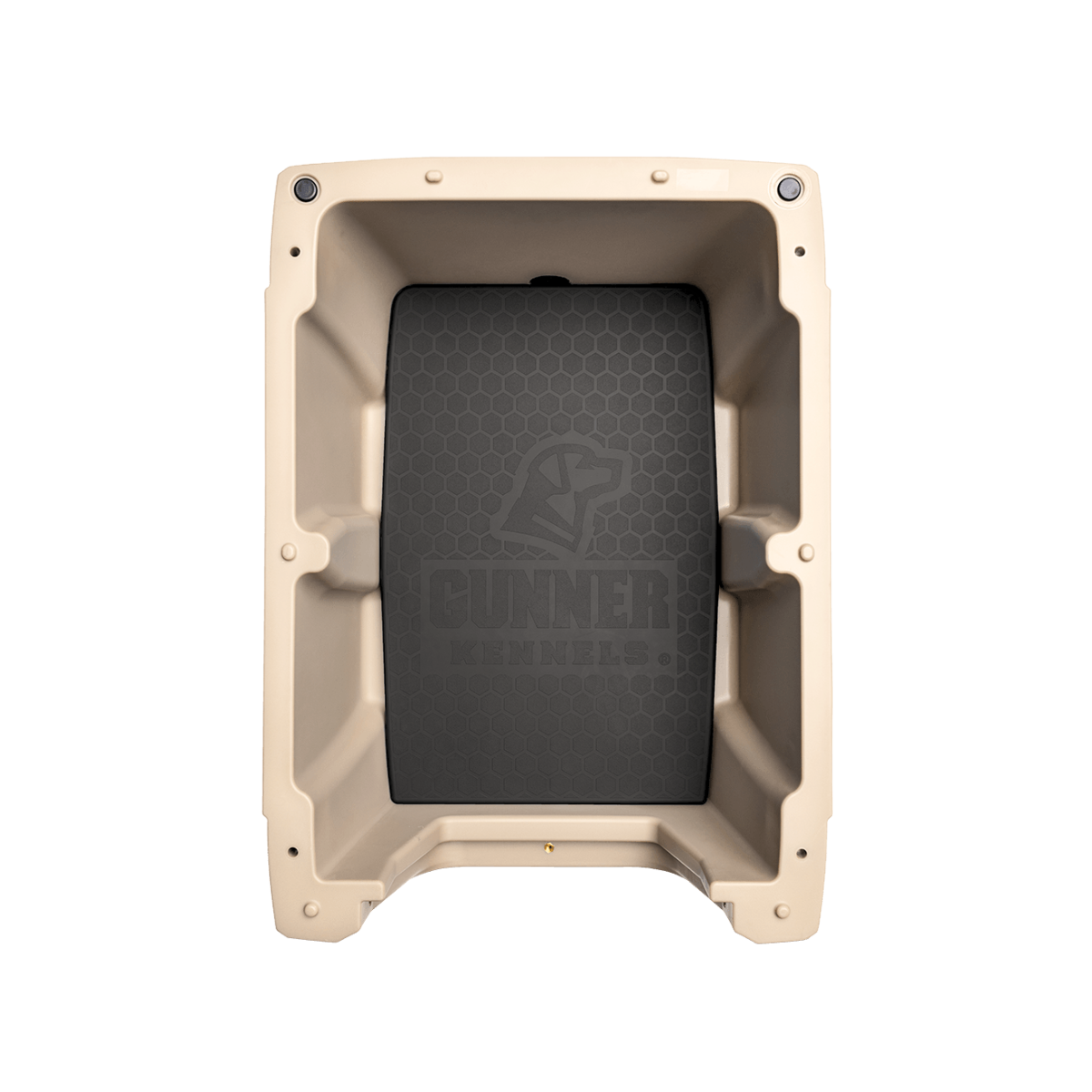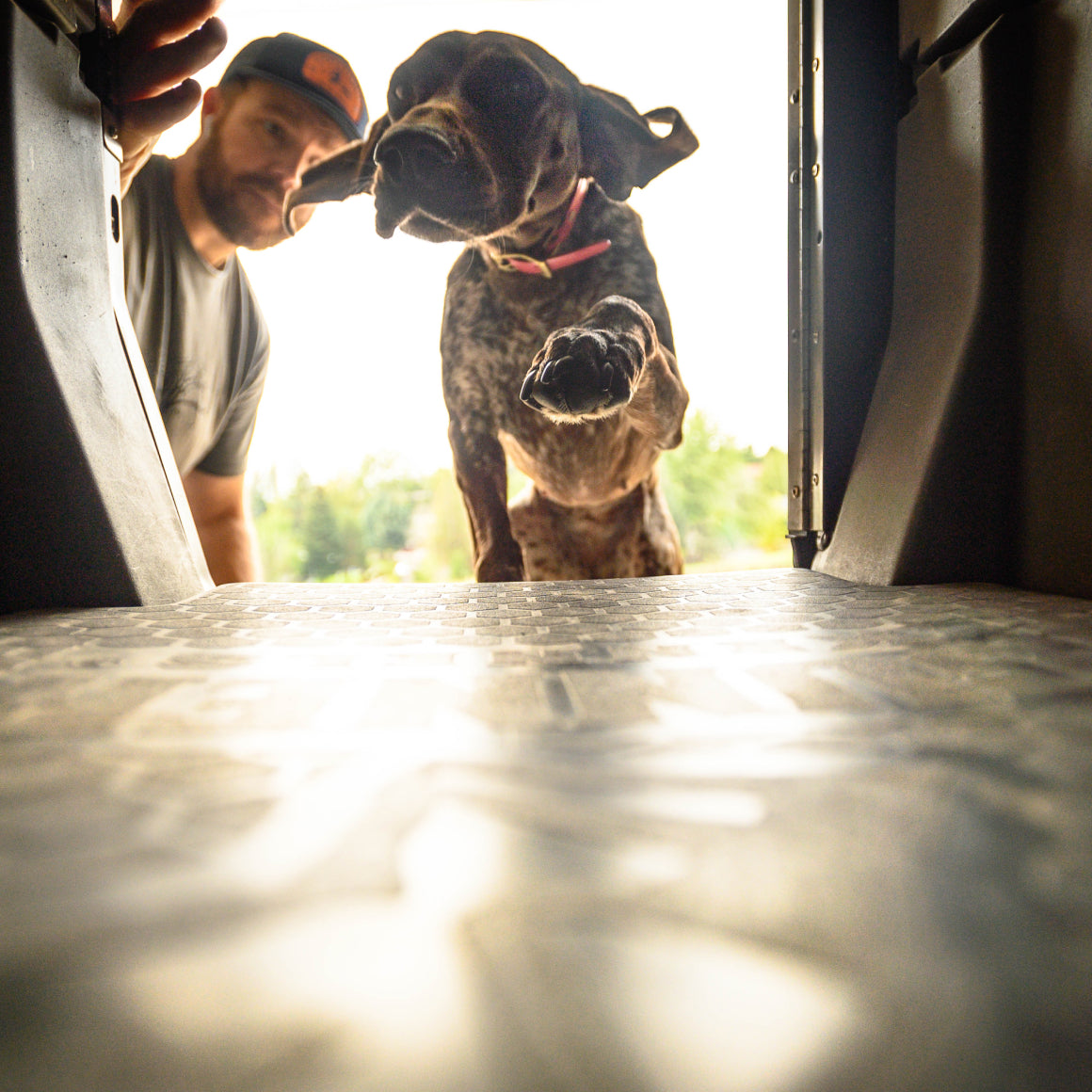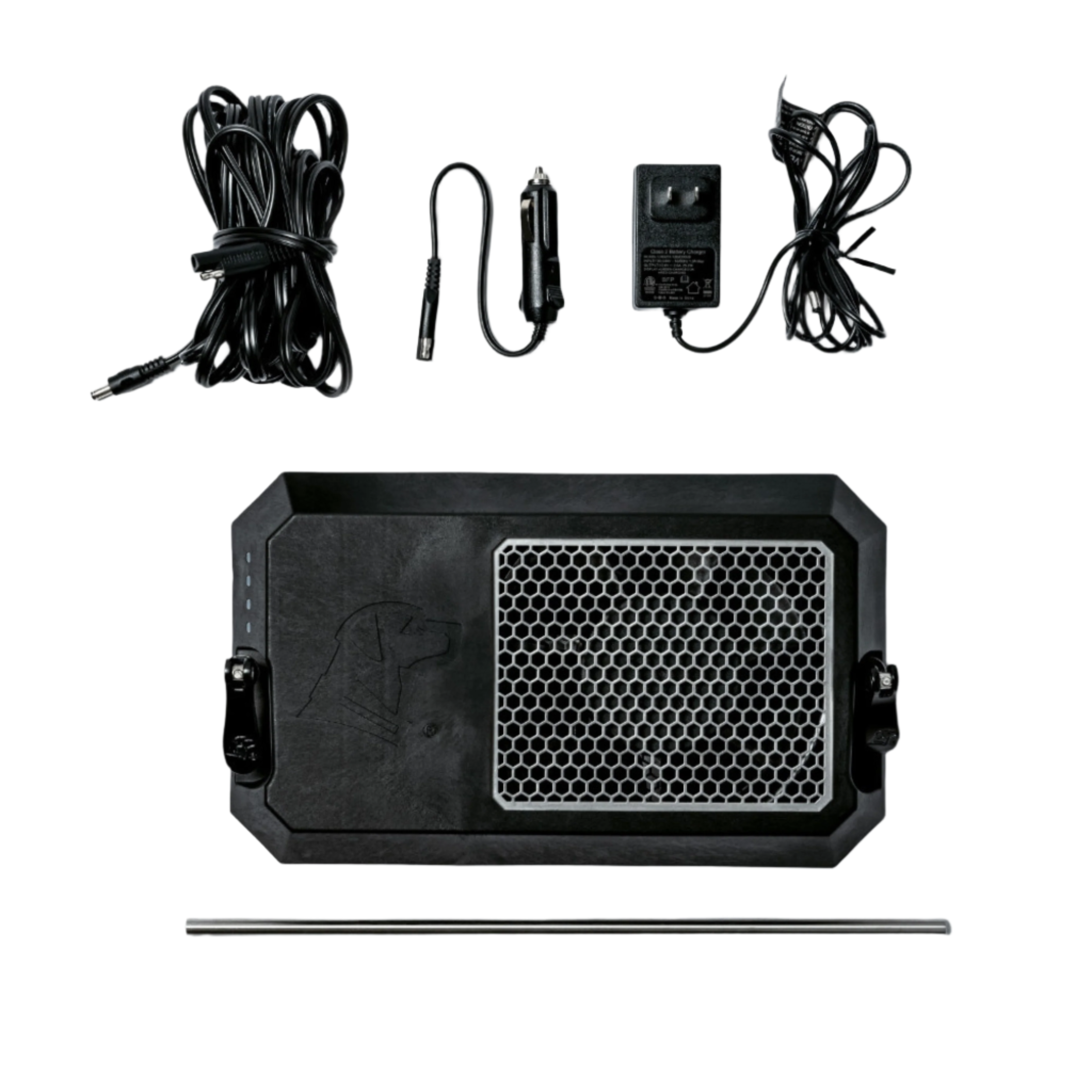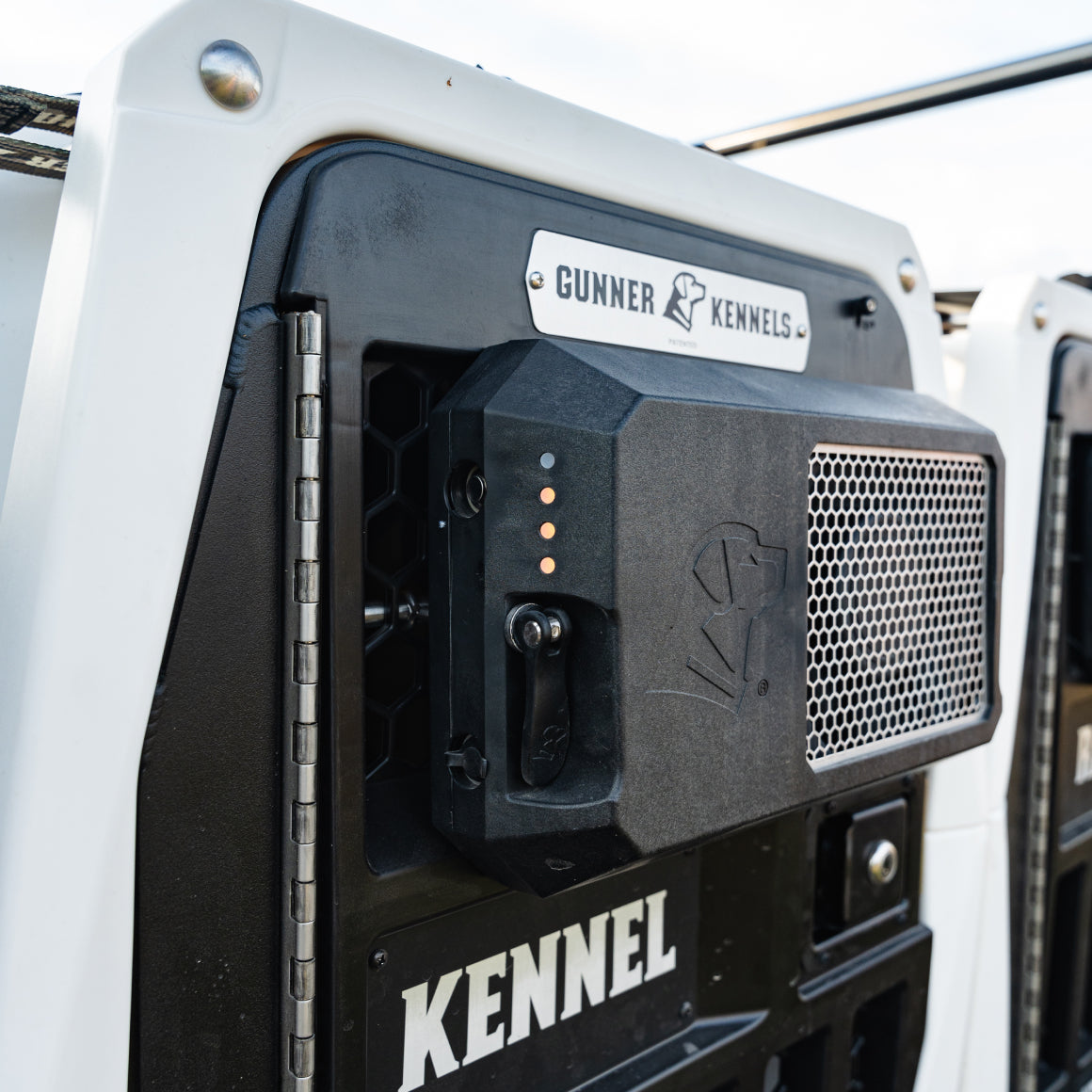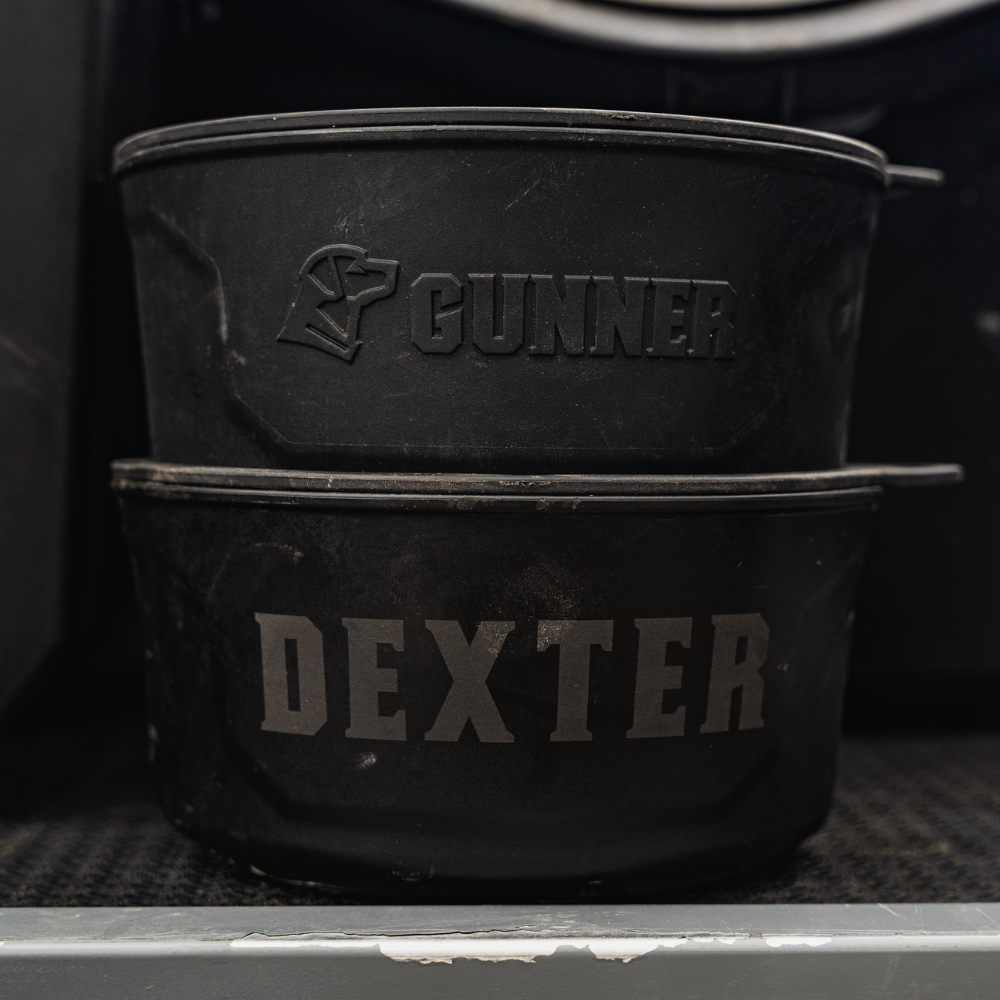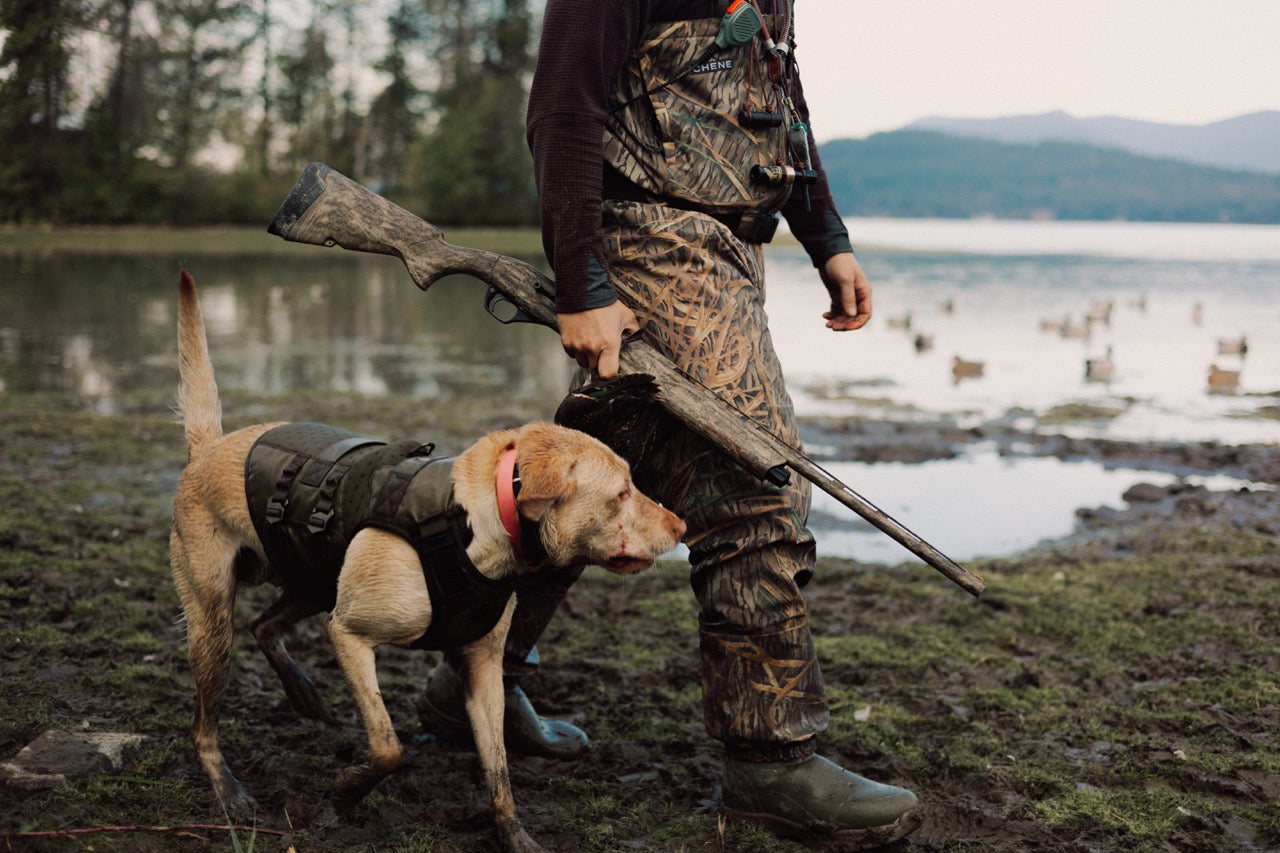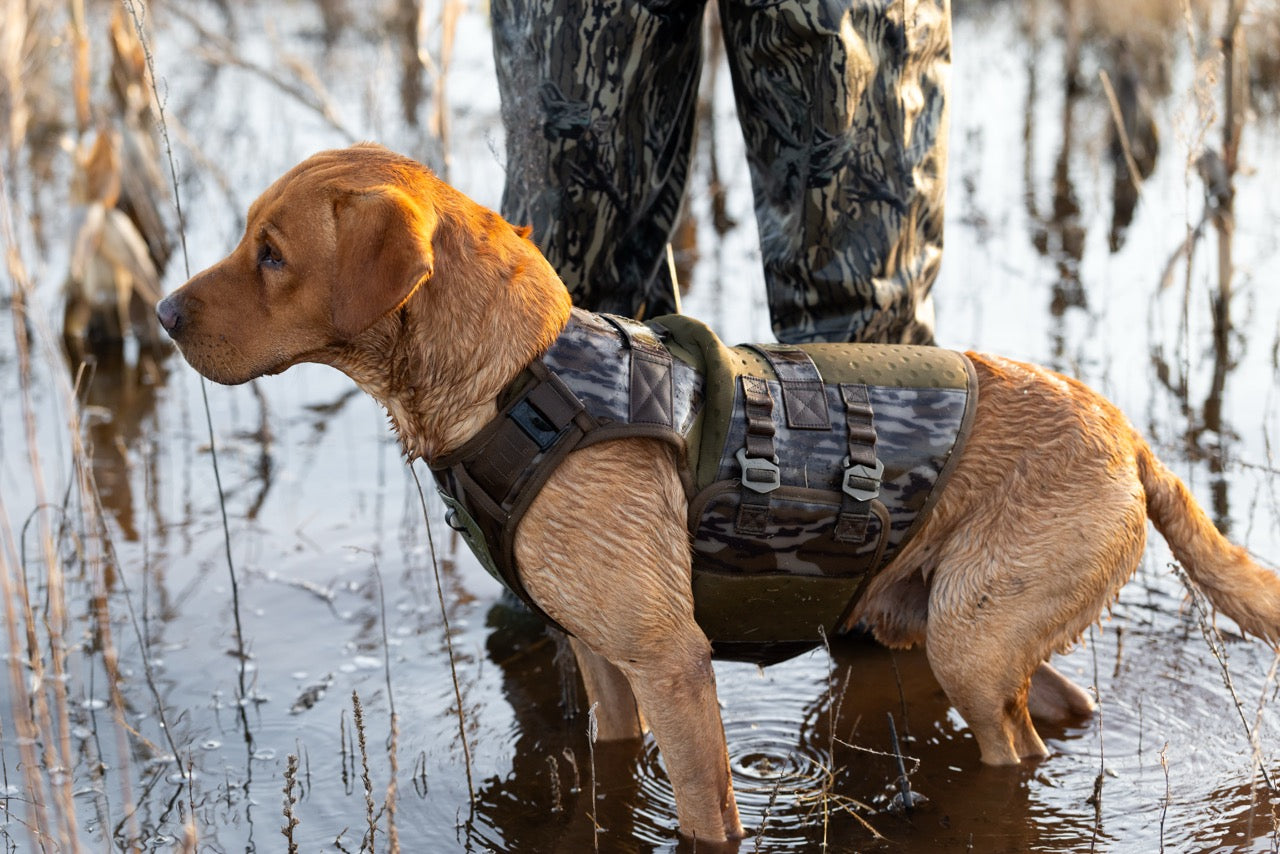WORKS HARDER FOR YOUR DOG IN HEAT
GUNNER worked with a third-party lab to simulate the conditions of a hot summer day and measure the temperature at several different points in a variety of kennels, including our own.
We tested the G1™ against two other options (a leading aluminum kennel and a single-wall rotomolded crate) and the results showed that the GUNNER consistently stayed cooler than the other crates – an average of 10% cooler than leading competitors:
- GUNNER's G1 Kennel stays an average of 8% cooler than a leading single-wall rotomolded kennel.
- GUNNER's G1 Kennel stays an average of 12% cooler than a leading aluminum kennel.
- The ceiling of a leading aluminum kennel heated up ~50 degrees more than a GUNNER in 100+ degree weather.
On a 100-degree day, these differences can make a significant impact on your dog’s wellbeing.
TESTING PARAMETERS
One of our engineers and R&D team members, Coleman, spearheaded this test and says there were two main components of this test:
-
Variable radiation heating: This simulated the sun’s peak summer intensity over a 16-hour daylight period.
-
Variable convection heating: The air in the test chamber was heated to match the ambient air temperature of a hot summer day, ranging from 80° – 115° Fahrenheit.
“The primary reason the GUNNER kennel performed so much better is because of its double-walled structure.” – Coleman, GUNNER Engineer


FAQs
See below for more FAQs about the testing and results. We also put the GUNNER against competitors in cold temps and received similarly impressive results. View those results here.
Why did the GUNNER perform so much better than the others?
The primary reason the GUNNER kennel performed so much better is because of its double-walled structure. All kennels’ outer surfaces heated to temperatures over 166° and for our competitors that high heat pushed right through to the interior of the kennel and the water bucket.
But for the GUNNER double-walled kennel, the heat in the outer wall has a difficult time pushing through the air gap between the two walls. This means that a much smaller amount of the sun’s heat ever makes it to the interior walls of the kennel.
How did you simulate the effects of a dog being in the kennel?
To simulate the effects of a dog being in the kennel, we placed a bucket of around 15 liters of water in each kennel, which has a similar heat transfer rate to that of a dog’s body. We evaluated the temperature change of the water in the bucket to give us an estimate of how much thermal energy a dog would absorb while inside a kennel on a summer day.
How do you know your kennel stays cooler than other brands?
We hired a third-party lab to simulate the conditions of a hot summer day and measure the temperature at several different points in a variety of kennels. The results showed that the GUNNER consistently stayed cooler than the others.
Why do you say “an average of” in your results?
These results are a measure of the average temperature over the entire course of the test. We used the average because it’s a better representation of the entire thermal load a dog would receive while inside a kennel.
Why don't you fill the GUNNER kennel with foam to help it stay cooler? Like a YETI cooler?
Not only would a foam in-fill seriously harm the crash test performance of the kennel, the difference in temperature from the insulative improvements would be mostly offset by the open air flow through the kennel windows.
Does the All-Weather Kit affect the kennel staying cool in the summer?
With all the window covers rolled up, no. The kennel will stay just as cool. With all the window covers rolled down, the kennel will warm up noticeably from the dog's body heat.
Read More: We also put the GUNNER against competitors in cold temps and received similarly impressive results. View those results here.

